
Frank Helmut Auerbach is a German-British painter. Born in Germany, he has been a naturalised British subject since 1947. He is considered one of the leading names in the School of London, with fellow artists Francis Bacon and Lucian Freud.
Sir Terence Ernest Manitou Frost RA was a British abstract artist, who worked in Newlyn, Cornwall. Frost was renowned for his use of the Cornish light, colour and shape to start a new art movement in England. He became a leading exponent of abstract art and a recognised figure of the British art establishment.

Henry Scott Tuke, was an English artist. His most notable work was in the Impressionist style and he is best known for his paintings of nude boys and young men.
Ithell Colquhoun was a British painter, occultist, poet and author. Stylistically her artwork was affiliated with surrealism. In the late 1930s, Colquhoun was part of the British Surrealist Group before being expelled because she refused to renounce her association with occult groups.
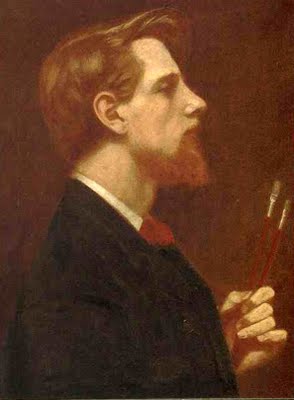
Thomas Cooper Gotch or T. C. Gotch (1854–1931) was an English painter and book illustrator loosely associated with the Pre-Raphaelite movement; he was the brother of John Alfred Gotch, the architect.
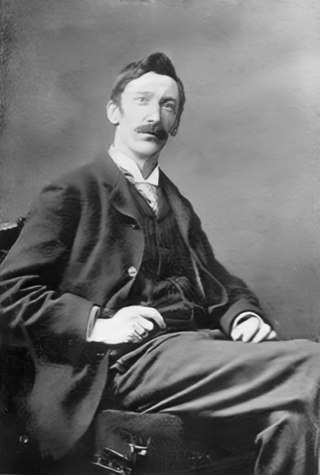
Stanhope Alexander Forbes was a British artist and a founding member of the influential Newlyn school of painters. He was often called 'the father of the Newlyn School'.
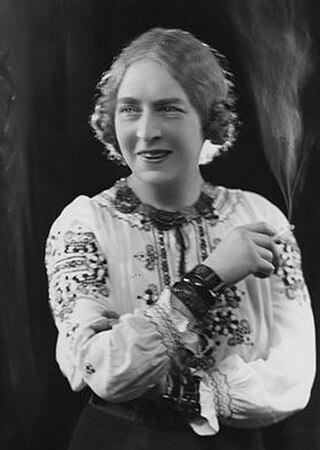
Dame Laura Knight was an English artist who worked in oils, watercolours, etching, engraving and drypoint. Knight was a painter in the figurative, realist tradition, who embraced English Impressionism. In her long career, Knight was among the most successful and popular painters in Britain. Her success in the male-dominated British art establishment paved the way for greater status and recognition for women artists.
Denis Adeane Mitchell was an English abstract sculptor who worked mainly in bronze and wood. A prominent member of the St Ives group of artists, he worked as an assistant to Barbara Hepworth for many years.
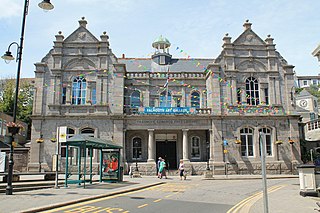
Falmouth Art Gallery is a publicly funded art gallery in Cornwall, with one of the leading art collections in Cornwall and southwest England, which features work by old masters, major Victorian artists, British and French Impressionists, leading surrealists and maritime artists, children's book illustrators, automata, contemporary painters and printmakers. It is located on The Moor, on the upper floor of the Municipal Buildings above the Library in Falmouth, Cornwall.
Paul Feiler was a German-born artist who was a prominent member of the St Ives School of art: he has pictures hanging in major art galleries across the world.
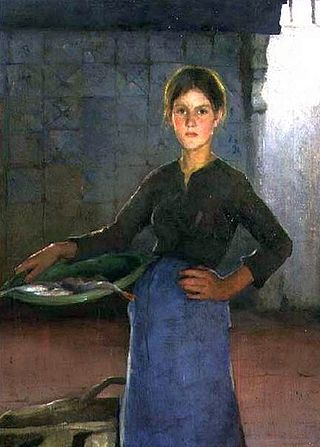
Elizabeth Adela Forbes was a Canadian painter who was primarily active in the UK. She often featured children in her paintings and School Is Out is one of her most popular works. She was friends with the artists James Abbott McNeill Whistler and Walter Sickert, both of whom influenced her work. Her etchings in particular are said to show the influence of Whistler.
John Henry Wonnacott CBE is a British painter.
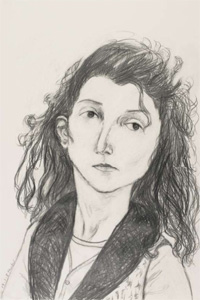
Partou Zia was a British-Iranian artist and writer. Born in Tehran, she emigrated to England in 1970, where she completed her secondary education at Whitefields school near Hendon, London (1972–78). Zia studied Art History at the University of Warwick (1977–80) and at the Slade School of Fine Art (1986–91). In 2001, she completed a Ph.D. at Falmouth College of Arts and the University of Plymouth. In 1993, she moved to Cornwall where she lived and worked with her husband, the painter Richard Cook, until her death from cancer, in March 2008. Tate St Ives honoured her parting by hanging one of her last completed canvases, Forty Nights and Forty Days as a memorial to her, for a month, at the gallery's entrance.
Annie Walke or Anne Fearon Walke was an English artist. Anne Fearon grew up and was schooled in Banstead, Surrey. After completing her studies at the Chelsea School of Art and the London School of Art, she and her sister, Hilda Fearon, furthered their studies in Dresden, Germany. About the turn of the 20th century Miss Fearon settled in Cornwall, where she continued her studies and established a studio in the Cornish coastal village of Polruan. After she married Nicolo Bernard Walke in 1911, she soon moved with him to St Hilary, Cornwall. where her husband became the vicar in 1913. She was a member of the Newlyn School and other artists' organizations and created portraits and religious works for churches. Her work has been exhibited in England, Paris, America and South Africa. In the latter part of her life Walke was a published poet.

August Blue is an oil-on-canvas painting by British artist Henry Scott Tuke. It depicts four youths in and around a boat, bathing in the sea. Tuke started the painting in 1893, probably en plein air on a boat in the harbour at Falmouth, Cornwall. The finished painting was exhibited at the Royal Academy summer exhibition in 1894, and immediately purchased for the Tate Gallery, where it remains to this day. It has a light Impressionistic style, possibly influenced by his travels to Italy, Corfu and Albania in 1892.
Ella Louise Naper was an English jeweller, potter, designer and painter.

Andrew Litten is a Cornwall-based English artist born in 1970 in Aylesbury, UK. His paintings have been exhibited in the United Kingdom, including the Tate Modern in London, China, USA, Germany, Australia, Mexico, Poland and Italy.
Caroline Burland Gotch was a British artist and part of the Newlyn School.

Albert Reuss was an Austrian-born British painter and sculptor. He was born in Vienna and fled to Britain in 1938 following the Anschluss, Adolf Hitler’s annexation of Austria to the German Reich. In the process, Reuss lost many members of his family, and the reputation he had built up as an artist in Vienna. He continued to work as an exiled artist, but his style changed dramatically, reflecting the trauma he had suffered. Many public collections in Britain hold his work, most notably Newlyn Art Gallery in Cornwall, the British Museum and the Victoria and Albert Museum in London, the Österreichische Galerie Belvedere and the Albertina both in Vienna, and the Tel Aviv Museum of Art in Israel.
Georgina Hunt was an English abstract painter and artist.












